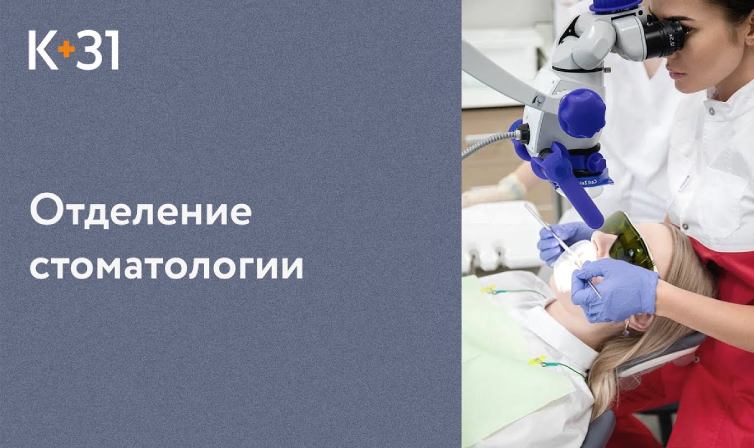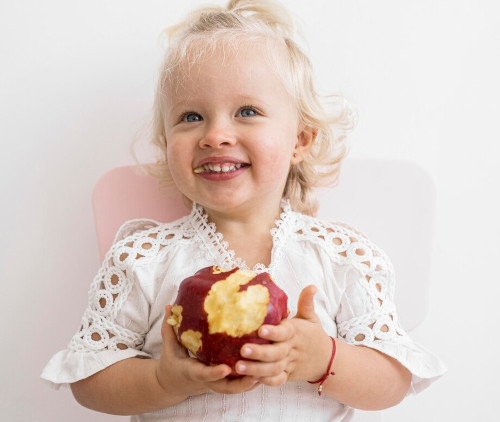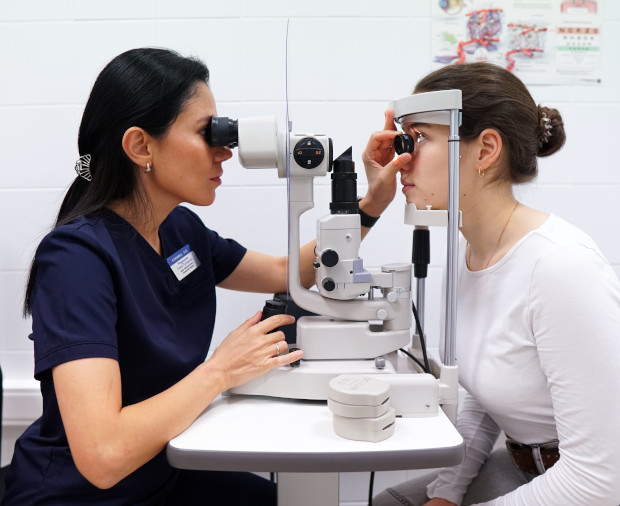Removal of baby teeth in children

specialists

equipment

treatment

Indications for removal of baby teeth
- Caries that cannot be treated
- Serious tooth damage
- Problems with root resorption that interfere with the growth of permanent teeth
- Inflammation in the oral cavity
- Improper positioning of teeth affecting the development of new ones
- Cysts at the roots of baby teeth
Contraindications for removing baby teeth

There are certain conditions under which the removal of a baby tooth should be postponed. These include:
- Infectious diseases and inflammatory processes in the oral cavity
- Problems with blood coagulation
- Cardiovascular disorders
- Bruises and hematomas in the area where tooth extraction is expected
In the presence of oncological formations, the procedure is performed in a hospital with additional precautions and appropriate treatment.
General information about the procedure

Modern methods of diagnostics and dental treatment at "K+31"
What to do if a tooth is loose
When a child's baby tooth begins to loosen, it is part of normal growth and development. There is usually no need to see a dentist if the tooth falls out on its own and is not causing pain or inflammation. It is important to simply follow this process and help it:
- Add chewy foods to your child's diet, such as crunchy apples or carrots, to strengthen gums
- If bleeding occurs after tooth loss, gently apply a cotton pad soaked in antiseptic to the gum
- Regularly pay attention to your child’s oral hygiene, especially in the area of the lost tooth
In addition, teach your child all the skills to care for teeth and gums, choose a suitable toothbrush and toothpaste for his age. Don't forget about regular dental checkups to keep your teeth and gums healthy.

Our doctors

This award is given to clinics with the highest ratings according to user ratings, a large number of requests from this site, and in the absence of critical violations.

This award is given to clinics with the highest ratings according to user ratings. It means that the place is known, loved, and definitely worth visiting.

The ProDoctors portal collected 500 thousand reviews, compiled a rating of doctors based on them and awarded the best. We are proud that our doctors are among those awarded.
Make an appointment at a convenient time on the nearest date
Price
Other Services
























































Characteristics of primary teeth
Baby teeth, also known as primary teeth, begin to emerge in children shortly after birth and are fully formed by the third year of life. There are 20 of them in total: ten on each jaw. The central incisors appear first, followed by the lateral incisors, then the first molars and canines. The second molars are the last to erupt. Various factors, for example, stress, bad habits of the mother during pregnancy and the peculiarities of its course (toxicosis), can affect the process of formation and growth of teeth.
Baby teeth have their own anatomical features:
The number of root canals is the same as in permanent teeth, but the roots of primary teeth are inclined due to the presence of permanent tooth buds underneath them and are distinguished by a large distance between the canals. The tubercles on the chewing surface are less developed.